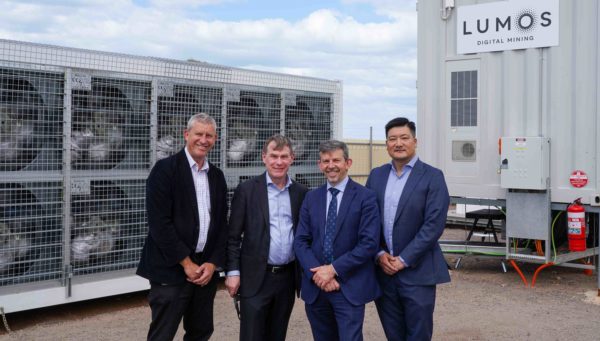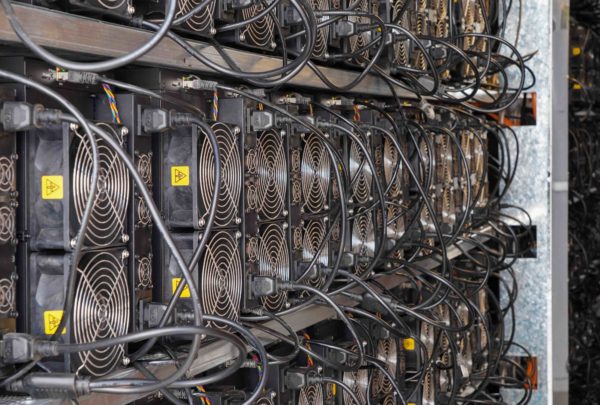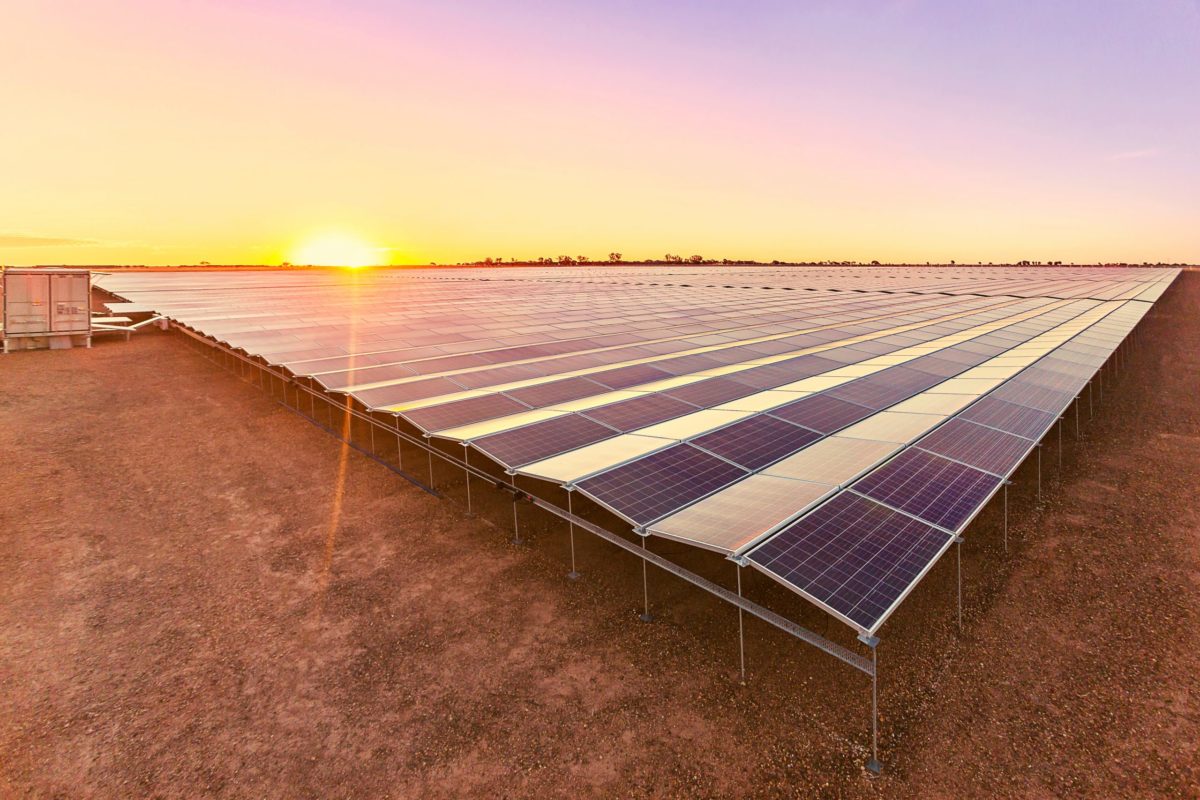South Australia’s first solar-powered digital mining centre – which uses renewable energy sourced from the nearby 5 MW Tregalana Solar Project to provide computing power to the blockchain network – is now up and running at Whyalla on the east coast of the Eyre Peninsula.
Developed by the South Australia-headquartered Lumos Digital Mining, the 5 MW data centre will be used to mine bitcoin, a type of cryptocurrency that requires energy-hungry computers to solve complex maths equations for financial reward.
Lumos co-founder and chief executive officer Dong Wang said the facility is powered by renewable energy sourced from the 5 MW Tregalana Solar Project, co-developed by Melbourne-based investment agency Climate Capital and South Australia-headquartered renewable energy developer Eyre Power.
The Whyalla cryptocurrency mining operation uses 100% of the energy generated by the behind-the-metre Tregalana project, with any remaining power requirements to be met through the grid.
Cryptocurrency production has attracted widespread criticism for the amount of energy it uses but Wang said the operation provides the developers of the Tregalana Solar Project with a guaranteed base load, ensuring the project is financially viable.
Wang said output could also be increased to utilise surplus energy from different sources when electricity generation exceeds demand, offering a solution for renewable energy project developers who are dealing with curtailment issues.

Image: Lumos Digital Mining
“Renewable energy projects are already not being allowed to connect to the grid due to curtailment and others are suffering heavy losses when they switch off at times of low consumption,” he said.
“We keep using the power 24/7 and that’s a huge benefit to the renewables developers, it makes their projects more financially viable.
“We are basically like a sponge. We soak up the excess that’s not used.”
Wang said cryptocurrency production can also eliminate the need for developers to deploy battery energy storage systems to absorb excess generation, describing the mining operation as “digital storage”.
“Because we are a mining farm we don’t need storage,” he said. “Crypto mining offers a way better and cheaper solution than battery storage. Battery power is only released one or two times a day. Digital mining is a 24/7 business, and this is not just for mining cryptocurrency. We can provide a cloud service, we can provide a computing service for Google, for Apple, for any of the large server companies.”
Wang said the company has already been talking with other energy generation project developers about retrofitting crypto mining facilities to help them overcome curtailment issues.
“We are hoping to sign up more PPAs to assist more renewable projects in the future,” he said. “We are in discussions with some larger developers. If they can retrofit our mining facilities, then we can free up their generation.
“This represents how we transform the negative NEM price into digital storage and assets.”

Image: Lumos Digital Mining
The Whyalla operation has the potential to mine at least 100 bitcoins in a year but Lumos intends to increase the size of the mining facility with construction of a 10 MW solar farm expected to commence in “a couple of months”.
Wang said the facility would be built beside the existing 5 MW Whaylla Solar Farm which was developed by Lumos’ sister company Southern Sustainable Electric (SSE).
The output of the Whaylla Solar Farm, which was commissioned in 2018, is sold on a merchant basis by the Melbourne-based SSE but the planned 10 MW facility would be used to power an expansion of the crypto mining operation.
“We aim to build the most prominent renewable digital mining business in Australia by utilising thriving sustainable energy resources,” Wang said.
This content is protected by copyright and may not be reused. If you want to cooperate with us and would like to reuse some of our content, please contact: editors@pv-magazine.com.









While this appears to be a great innitiative, it is well known that ALL of the mining infrastructure – containers, dashboards, connection materials are ALL imported from China on the cheap and NOT Australian standard or certified. Infact it is also comin knowledge that many of the machines on the site are ‘blowing up’ due to this.
While, all the money is then being taken overseas….. not sure how good that is for the local community…..
SA’s Great work. solar-powered crypto mining Centre will tremendously help people in the long run.